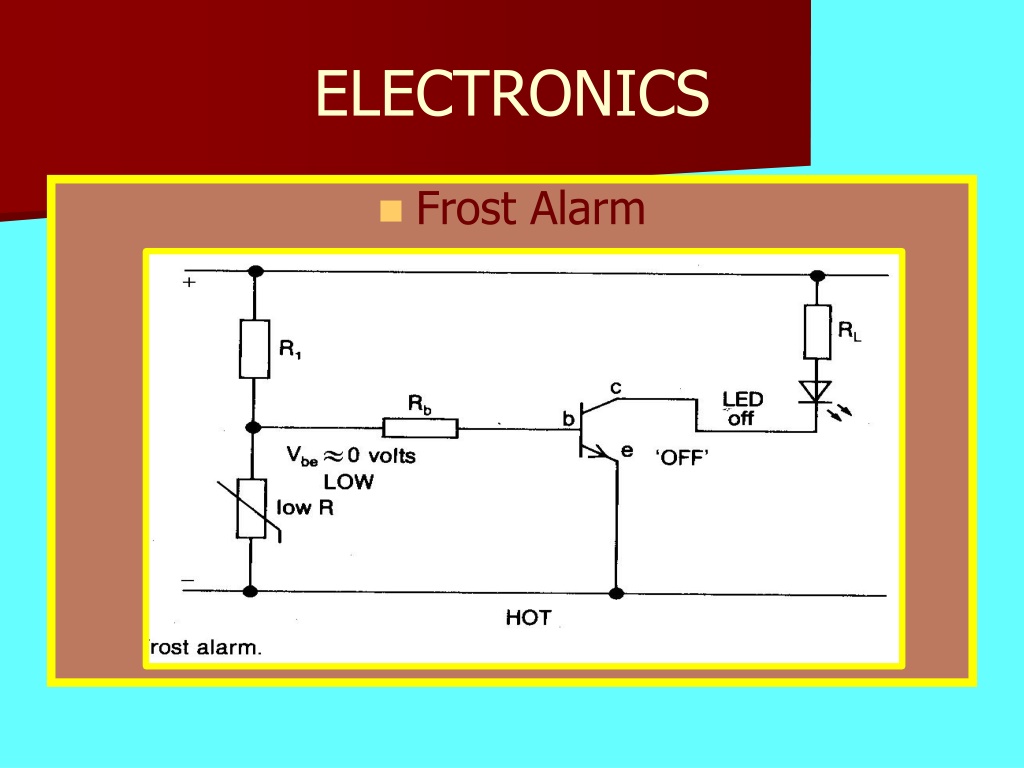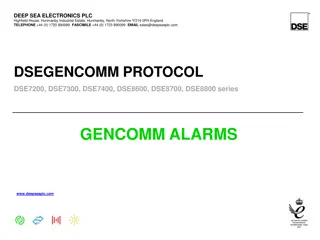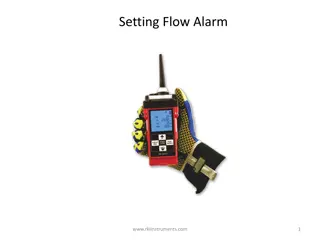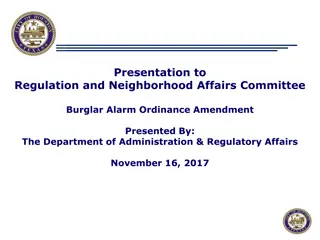Exploring Electronic Alarm Circuits and Devices
Discover the workings of various electronic alarm circuits such as Frost Alarm, Fire Alarm, and Burglar Alarm. Learn how different sensors and components like thermistors, resistors, transistors, and capacitors are utilized to trigger alarms based on temperature changes, light conditions, and time delays. Explore the intricate mechanisms behind these innovative electronics through detailed images and descriptions.
Download Presentation

Please find below an Image/Link to download the presentation.
The content on the website is provided AS IS for your information and personal use only. It may not be sold, licensed, or shared on other websites without obtaining consent from the author. Download presentation by click this link. If you encounter any issues during the download, it is possible that the publisher has removed the file from their server.
E N D
Presentation Transcript
ELECTRONICS Frost Alarm
ELECTRONICS When the thermistor temp is high the resistance is low and the transistor is off.
ELECTRONICS Frost Alarm
ELECTRONICS When the thermistor temp is low , the resistance is high and the transistor switches on.
ELECTRONICS Fire Alarm
ELECTRONICS When the temp is hot the thermistor resistance is low so it takes little voltage and so the resistor takes most of the voltage and so the transistor switches on.
ELECTRONICS Fire Alarm
ELECTRONICS When the temp is cold the thermistor takes most voltage and so the resistor takes little and the transistor is off.
ELECTRONICS Burglar Alarm
ELECTRONICS When the L.D.R. is in the light ,the resistance is low so the voltage is low and the transistor is off
ELECTRONICS Burglar Alarm
ELECTRONICS When the L.D.R. is in the dark its resistance is high and the transistor switches on.
ELECTRONICS Time Delay Circuit
ELECTRONICS When the capacitor charges up to a certain voltage after a certain time , the transistor switches on.
ELECTRONICS There are 3 process devices, The NOT gate The AND gate The OR gate























